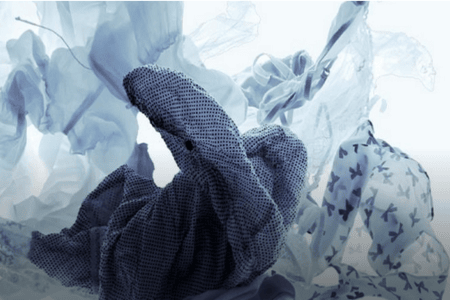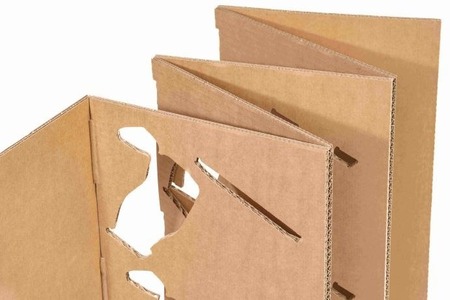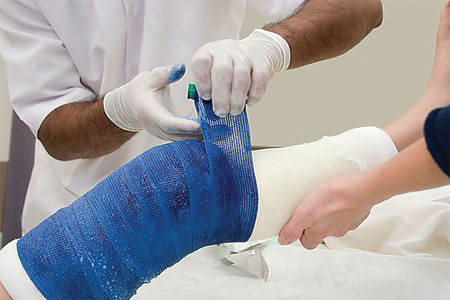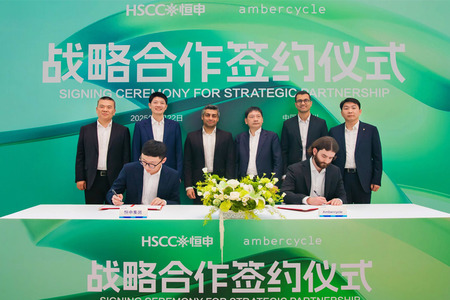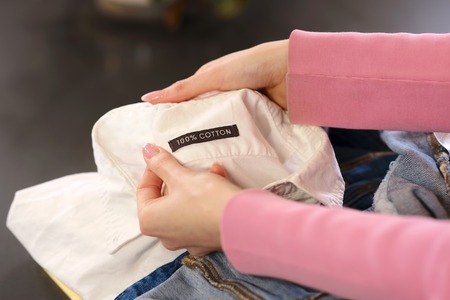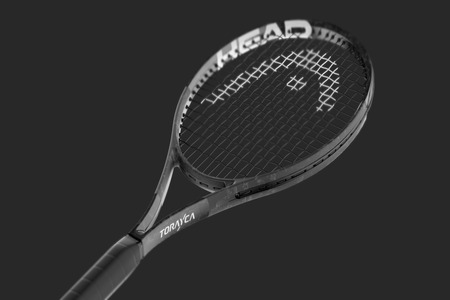
Eco-friendly textile coloring solutions to be developed by Archroma, ColouRizd
YarnsandFibers News Bureau 2023-06-13 17:11:14 – Hong KongArchroma and ColouRizd have partnered on creating sustainable textile coloring solutions to reduce environmental damage. With the help of the partnership, fabric mills and brands will be able to create high-quality, high-performance textiles with the least amount of environmental effect possible by combining Archroma's pigment coloration solutions with ColouRizd's QuantumColour yarn-clothing technology.
Cellulosic and synthetic yarns are dyed using traditional fiber-reactive techniques, which the businesses describe as multi-step, resource-intensive procedures that take up to 95 liters of water per kilogram of colored yarn and emit about 94 liters of effluent. Only 0.95 liters of water are required per kilogram of colored yarn in ColoRizd's QuantumColour process, which also leaves no waste behind.
According to estimates, this equates to a 98% drop in water use, zero discharge of hazardous chemicals or wastewater, a 73% reduction in carbon footprint, and a further 50% decrease in energy use.
Archroma's Joaquin Femat, director of the printing market section, provided the following explanation, “The company is committed to advancing the fashion and textile industry with sustainable solutions that are safe, efficient and enhanced. As the preferred supplier of pigment coloration solutions for QuantumColour, we are proud to join ColourRizd in challenging industry conventions to make textile and fashion production better for brands and mills, people and our planet.”
Jennifer Thompson, chief executive officer at ColouRizd added, “With a mission to revolutionise the textile industry through groundbreaking and eco-friendly solutions, ColourRizd is pleased to partner with Archroma to champion clean and simple yarn coloring. We are reimagining textile coloration in partnership with leaders like Archroma because we believe in a future where fashion is accessible, affordable and sustainable.”
In an effort to combat the growing problem of waste in the clothes business, Archroma introduced a line of FiberColors in January produced from waste from the textile industry. The business employs the technique to create colours from synthetic waste-based raw materials with a minimum level of 50%.
Market Intelligence
Ask for free sample Report

experience
Customer Base
dedicated team
Countries Served Worldwide



